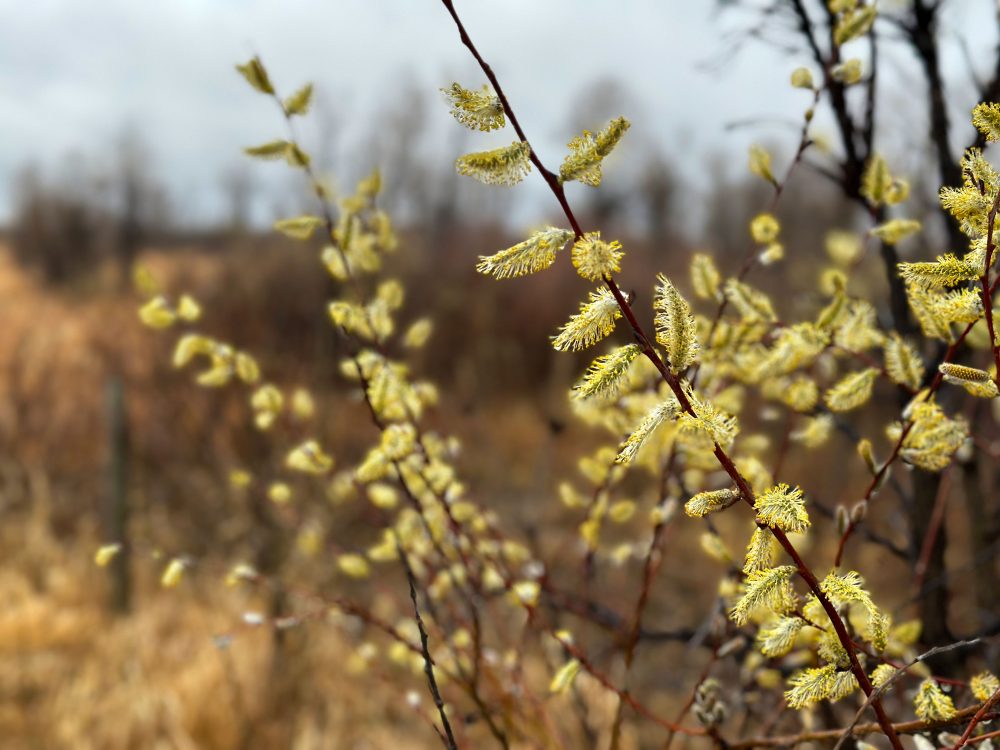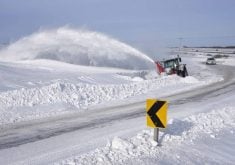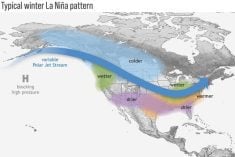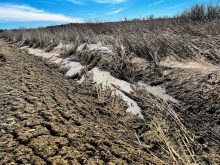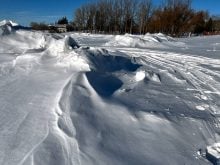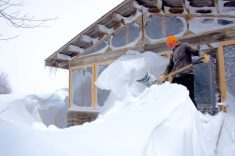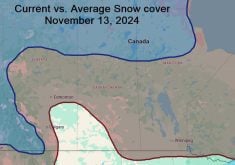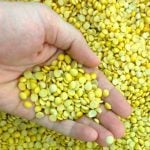As we begin the transition into spring, one topic often comes up: when will it really get warm?
As most of us know, if there is snow on the ground, it is difficult to experience really warm temperatures. This is a result of two factors: the natural cooling effect of snow cover; and the bright snow reflecting sunlight back into space, also known as albedo.
This is a good time to re-examine albedo. It has been about a year since we last looked at it, and as a teacher by profession, I know you sometimes have to teach when there is a teachable moment.
Read Also
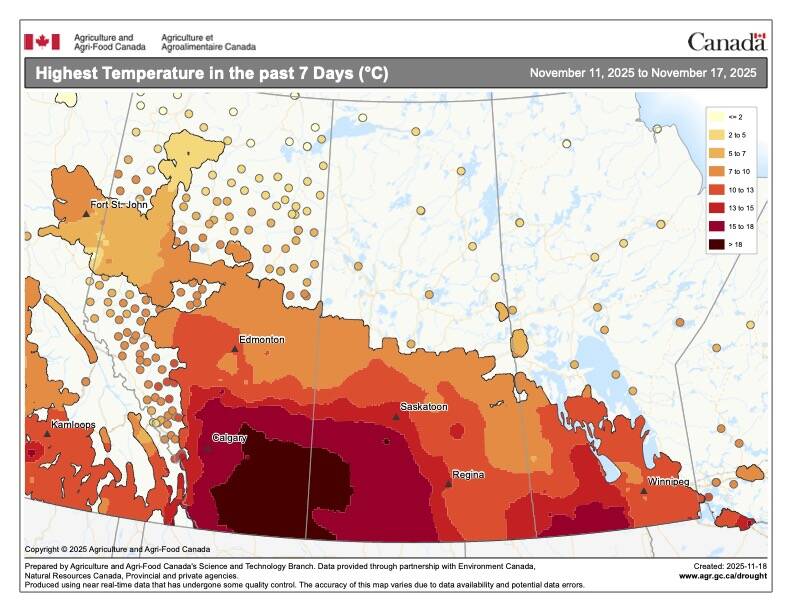
Farmer gift idea: How about a weather station?
The 2025 holiday season is looming, and a home weather station might make a great Christmas gift for farmers
A good portion of the sun’s energy that reaches Earth is simply reflected away, never getting the chance to do any work. On average, over a whole year, the Earth reflects about 31 per cent of the sun’s energy back into space. This is known as earthshine.
If we compare it to the moon, which reflects six to eight per cent of the sun’s energy, and take into account that Earth is four times wider than the moon, you can quickly understand that Earth would appear very bright from space. In fact, astronauts often report how startlingly bright Earth appears.
Scientists also use earthshine to understand what might cause long-term temperature changes. The idea is that if earthshine increases, the Earth is reflecting more of the sun’s energy and as a result, Earth should cool and vice versa.
During the 1980s and 1990s, earthshine was on a slow decrease. Then, during the early 2000s, it started to increase. Further research has shown there is no discernable trend. Some may think the 11-year solar cycle of increasing and decreasing energy output from the sun might account for variations in earthshine, but it appears the solar cycle only accounts for about one-tenth of one per cent change in earthshine.
So, Earth actually reflects a fair bit of the sun’s energy. This is determined largely by the brightness of the Earth’s surface and this is albedo, the percentage of the sun’s insolation that is reflected. An object that absorbs all incoming solar radiation would have an albedo of zero, while an object that reflects all of it would have an albedo of 100 per cent.
The colour of an object has the biggest effect on albedo. The darker the object, the lower the albedo. Objects appear dark because they absorb all the wavelengths of light, while white or light-coloured objects reflect all wavelengths.
The texture of the surface also affects albedo. A smooth flat surface has a higher albedo. When it comes to water, the angle of the sun’s rays on the water produces different amounts of albedo. Low sun angles produce more compared to high sun angles.
Here are some average albedo values for different surfaces around Earth. Fresh, clean snow and ice can have albedo values as high as 90 per cent, while older dirty snow are more typically between 40 and 60 per cent. These variations can greatly affect temperatures in spring across our region.
For example, after a fresh dump of spring snow, we will often see a couple of days of cold temperatures. Part of this is due to cold air moving in behind the storm system that brought the snow, and part is because bright, fresh snow reflects most of the sun’s energy.
As the snow melts and darkens, the albedo drops and more energy is absorbed, leading to more melting and a further darkening of the surface. This positive feedback loop helps explain why, when conditions are right, the snowpack will disappear in just four or five days.
One other factor is the albedo of clouds. The amount of light reflected by clouds is relatively unpredictable and one of the toughest things to figure when developing climate models. Clouds prevent a fair bit of the sun’s energy from reaching Earth’s surface through reflection. This process is known as cloud-albedo forcing. The more clouds covering Earth, the greater Earth’s albedo and the cooler Earth will be.
But it is a little more complicated than that. Clouds exhibit a wide range of albedo values depending on type, thickness, altitude and particle size. High, thick clouds composed of ice crystals typically have a high albedo. Low and thin clouds composed of water droplets often have a lower albedo, allowing more sunlight to penetrate and, because they trap or prevent heat from escaping, can have a warming effect.
Cloud albedo also varies with cloud cover. Combine different types of clouds occurring at one time with different coverage at different heights and you can see how complicated this cloud-albedo forcing can be.
In the next issue, I look forward to answering a question from one of my younger readers: Why is the sky blue during the day but not early in the morning or late in the evening? Until then, stay warm. We know spring will come, but we’re a little spoiled by the warmest winter on record across Canada.


